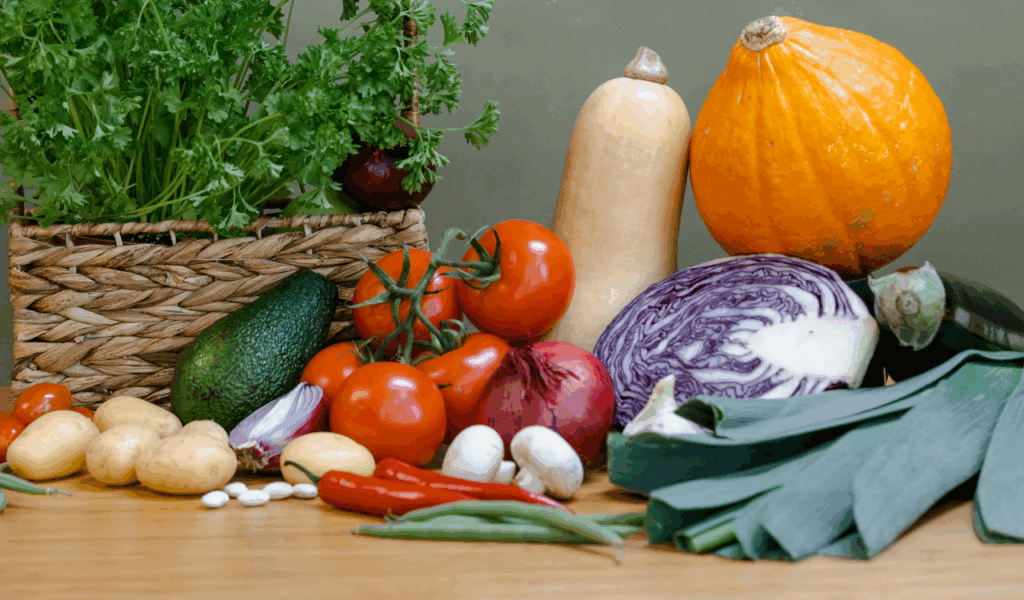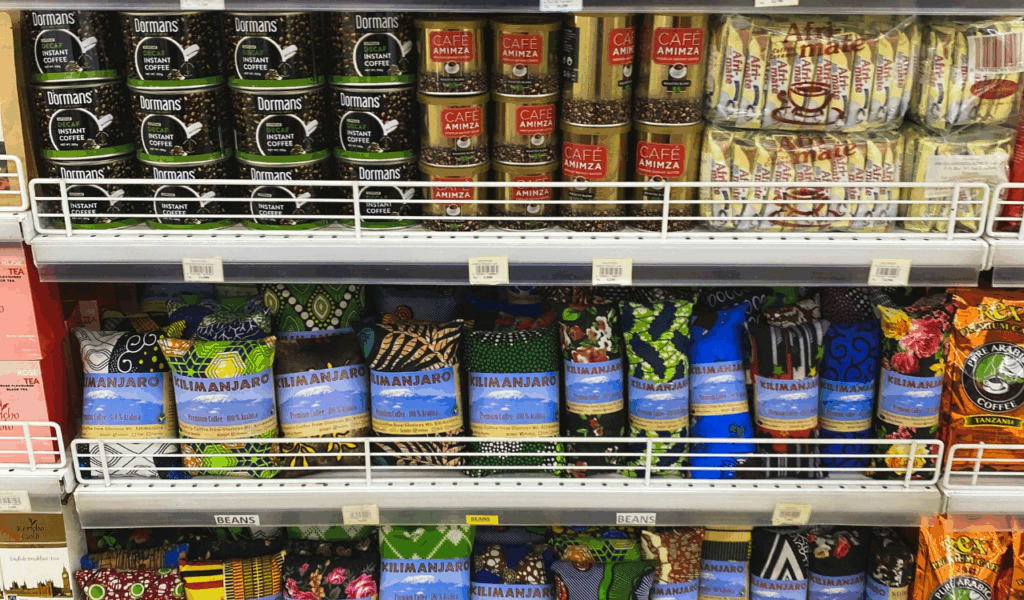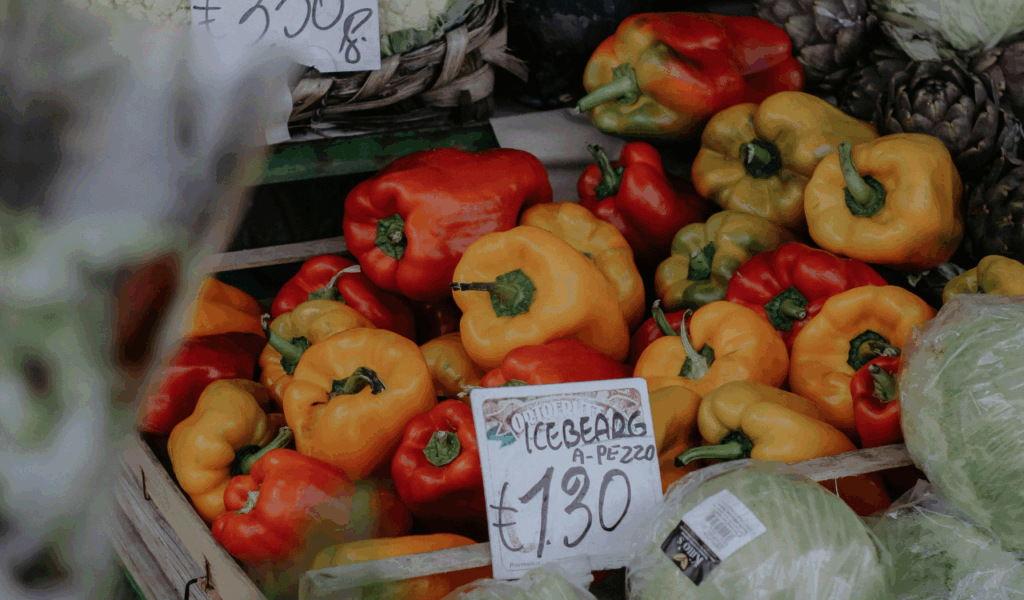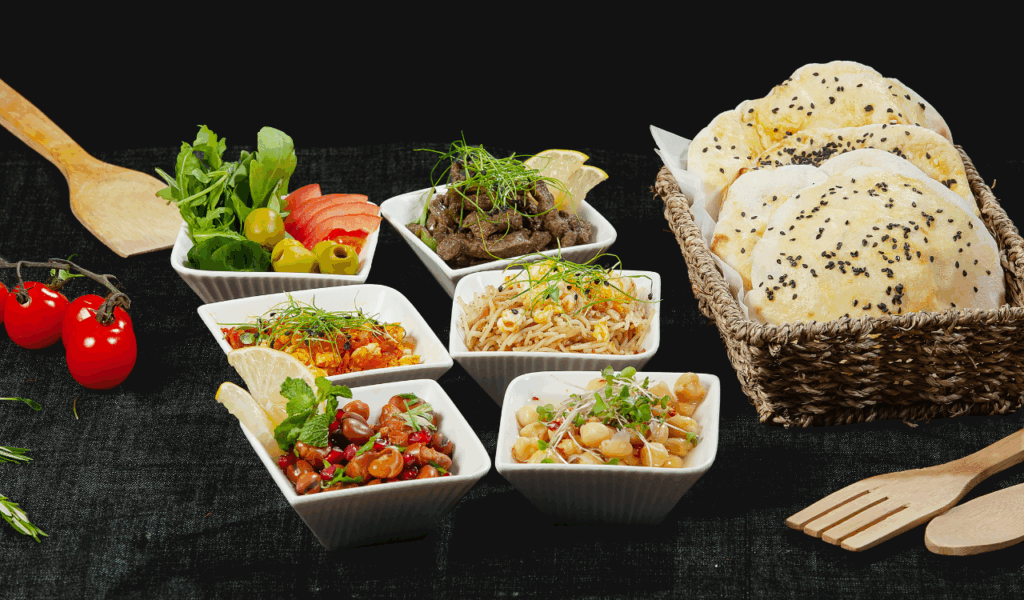15 Grocery Shopping Secrets Americans Use To Stretch Every Dollar

For many families, grocery shopping has become less routine and more strategic as food prices continue to rise globally. Due to rising food prices in the US, many consumers have had to reevaluate their spending patterns and have come up with ingenious, frugal ways to make the most of their money. These, however, go beyond simply cutting back on food or using coupons; they also involve shopping more wisely, cutting down on waste, and making the most of each purchase in terms of nutrition and satisfaction. Regardless of where you live in the world, these 15 tried-and-true tips can help you eat well, save more money, and spend less, whether you’re shopping for one person or feeding a family of five.
1. Plan Your Meals and Make a Smart List

Making a thorough meal plan before they even enter the store is one of the best tactics Americans employ. This entails considering what you’ll eat that week rather than just what appears appetizing on Pinterest. Making a targeted grocery list with only the things you need—no impulsive purchases, duplicates lurking in the refrigerator, or forgotten ingredients that end up wasting—is made possible by a well-thought-out meal plan. Additionally, it guarantees that your ingredients are versatile enough to be used in a variety of dishes. For example, a bunch of spinach can be used in pasta, salads, soups, and omelets. In addition to saving money, meal planning also minimizes food waste, expedites cooking, and takes away the anxiety that comes with deciding what to eat for supper at the last minute.
2. Use the “6-to-1” Grocery Shopping Method

The “6-to-1” method, made popular by chef Will Coleman, breaks down grocery shopping into a balanced formula: 6 fruits, 5 vegetables, 4 proteins, 3 starches, 2 sauces or spreads, and 1 enjoyable treat. This strategy promotes a varied and well-rounded diet in addition to limiting overspending. It makes weekly shopping more planned and predictable for low-income families. You enter with categories and quantities predetermined rather than haphazardly browsing the aisles. Additionally, it lessens the temptation to purchase unnecessary luxury goods or extra processed snacks. Users of this approach frequently report that it completely transforms their relationship with food, enabling them to spend less money, shop more quickly, eat healthier, and waste less.
3. Embrace Store and Generic Brands

Although that is long gone, many people still believe that store-brand products are of lower quality. These days, private-label goods—the store’s own brand—are frequently produced by the same companies as name brands, albeit with different packaging. With little to no difference in taste or nutritional value, generic products can be up to 30% less expensive than national brands for everything from pasta and cereal to canned goods, spices, and dairy. Even premium private-label lines that compete with organic or gourmet products at a fraction of the price have been introduced by major grocery chains. Astute American consumers compare ingredients and labels, choosing the store brand when the difference is minimal, potentially saving hundreds of dollars annually.
4. Shop Bulk—But Wisely

If done carefully, purchasing in bulk can definitely result in cost savings. When bought in bulk, staples like rice, oats, flour, beans, lentils, and pasta are frequently significantly less expensive per unit. However, the secret is to only purchase items that you will use before they spoil. Purchasing too many speciality or fresh goods just because they’re on sale could backfire if they go bad. Astute bulk buyers also mark everything with expiration dates and use airtight containers to keep out moisture and pests. For cheaper unit prices, Americans frequently shop at warehouse stores or bulk-bin sections to stock up on frozen foods, cleaning supplies, and pantry essentials. When used properly, buying in bulk can stretch money for months at a time.
5. Check Unit Prices on Everything

When comparing deals, unit pricing is your best friend, so don’t be fooled by packaging. It’s not always better to get a larger container. In order to facilitate side-by-side comparisons of sizes and brands, grocery stores are required to display the cost per unit (per ounce, per pound, or per liter) on shelf labels. To determine what offers the best value for the money, astute consumers look at the unit price rather than the total cost. You can use this tip for anything from toilet paper to pasta sauce. It can save you money on every trip, but it only takes a few more seconds for each item. It’s among the simplest yet most effective habits to form.
6. Maximize Sales and Use Coupons Strategically

Astute consumers check store flyers, loyalty apps, and discount websites in advance to see what’s on sale rather than waiting until they’re in the store. Instead of planning meals in advance, some people base their meal plans on weekly sales, while others use apps like Ibotta or Rakuten to earn cashback on groceries. Significant savings can be obtained by stacking manufacturer or digital coupons with in-store sales. Joining rewards programs can be beneficial because many retailers provide tailored promotions based on your past purchases. Although it requires some preparation up front, consumers who combine coupons and sales frequently save 30–50% on their grocery bill without compromising quality.
7. Avoid Pre-Cut or Pre-Packaged Convenience Foods

Although those carefully arranged fruit cups or pre-cut vegetable trays may seem nice, the convenience comes at a higher cost. Bagged lettuce, chopped onions, peeled garlic, and shredded cheese all have a markup that builds up over time. Although it only takes a few more minutes to prepare these at home, doing so often increases shelf life and saves money. For instance, compared to pre-shredded cheese that has been treated with anti-caking agents, a block of cheese is not only less expensive but also keeps fresher longer. Compared to baby carrots, whole carrots are less expensive. Whenever possible, doing the preparation yourself is one of the best ways to make the most of every dollar.
8. Use More Frozen and Canned Options

Canned and frozen foods save time and money. In order to preserve nutrients and flavor, frozen fruits and vegetables are selected at their ripest and flash-frozen. They don’t spoil in a few days and are frequently 50% less expensive than fresh versions. Meal-ready, inexpensive, and shelf-stable are canned beans, tomatoes, and fish like sardines or tuna. Purchasing frozen proteins in bulk, such as chicken or seafood, can also result in lower costs. To ensure they always have inexpensive meal options available, even when the refrigerator is empty, astute American consumers stock their pantries and freezers with these multipurpose staples.
9. Turn Leftovers Into New Meals

Unused leftovers are one of the main causes of food waste and financial waste. However, leftovers don’t have to be dull. Make Tuesday’s tacos or Friday’s soup out of Sunday’s roasted chicken. Serve rice with the pasta sauce from the previous evening. You can use leftover vegetables in grain bowls, frittatas, or stir-fries. At least once a week, many American homes make it a point to have a “leftover night” where everyone gets to choose from what has already been prepared. It’s a terrific way to avoid making another grocery run, cut down on waste, and clean out the refrigerator. Meals that are spread out over several days save time and money.
10. Shop Seasonally and Buy Whole Produce

In-season produce is more plentiful, tastes better, and is much less expensive than out-of-season produce. In winter, buy apples or citrus fruits instead of berries. Use fresh corn, tomatoes, and zucchini in the summer. You can save money and get the most flavor by shopping seasonally. In addition, whole produce is less expensive and lasts longer than pre-cut varieties. Compared to a pre-washed salad mix, a head of lettuce or cabbage is more affordable and produces more. Purchasing whole foods and chopping them yourself is a simple method to save money.
11. Be Flexible and Substitute When Needed

If ingredients are expensive or out of season, following a recipe to the letter can backfire. Being able to make intelligent substitutions is a hallmark of frugal grocery shopping. Try eggplant instead of expensive mushrooms. Unable to locate fresh herbs? Use frozen herb cubes or dried ones. Replace some of your weekly meals with legumes instead of meat; tofu, lentils, and beans are all inexpensive and nutrient-dense. Being adaptable enables you to maximize what’s already in your kitchen, take advantage of sales, and steer clear of impulsive purchases. Cooking and shopping become more economical and resourceful when one adopts this creative mindset.
12. Don’t Grocery Shop When You’re Hungry

Shopping on an empty stomach causes more impulsive, less frugal decisions, despite the fact that it may seem too obvious to matter. You’re much more likely to order extras, snacks, or sweets that weren’t on your list when you’re hungry, which can increase your bill by 20% to 30%. This is avoided by American consumers who follow their list and eat a light meal or snack before leaving. Bring a bottle of water or chew some gum to help you concentrate if you can’t avoid being hungry while shopping. Little adjustments like this add up to significant savings.
13. Keep a Running “Price Book” or Digital List

A price book is a straightforward notebook or spreadsheet where you keep track of the typical costs of the things you buy most frequently. It makes it easier to spot a good deal—or not-so-great sale—when you know the baseline price of necessities like milk, eggs, rice, and pasta. A lot of seasoned shoppers use spreadsheets or note apps to keep track of this digitally. Planning shopping trips and determining when to stock up are made simpler by this habit. With time, it helps you identify trends, such as seasonal price drops or changes depending on the type of store, and lessens your susceptibility to marketing tricks.
14. Shop at Multiple Stores for the Best Prices

No one retailer offers the best deals on everything. While ethnic markets or discount grocers frequently carry fresher, less expensive produce or spices, big-box stores might have better bargains on pantry items. Some Americans base their grocery shopping strategy on the strengths of various stores, purchasing cleaning supplies from one, dairy from another, and produce from a third. This is one of the best ways to get the best deal for all of your needs, but it might not be suitable for everyone, particularly for people with limited time or transportation.
15. Stick to a Weekly Schedule and Budget

Discipline is developed via routine. Americans tend to spend less money overall and waste less food when they only go grocery shopping once or twice a week. There are fewer chances to make impulsive purchases when there are fewer trips. You become more deliberate about what you put in your cart and what you intend to cook when you set aside a specific day and budget for shopping. To avoid overspending, some even go so far as to use prepaid cards or cash envelopes. A shopping schedule turns grocery shopping from a chore into a thoughtful, cost-effective routine when combined with preparation and price awareness.





